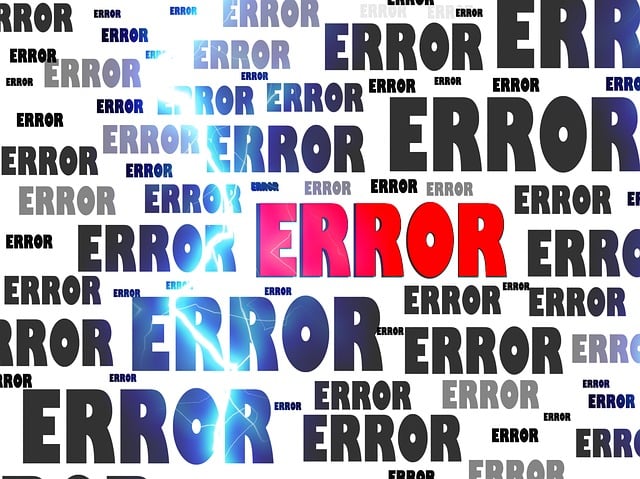Equipment loan processing faces significant risks from errors like inaccurate documentation and data inconsistencies, miscommunication, and missing due diligence. To prevent these financing pitfalls, lenders must implement stringent checks including thorough asset and borrower evaluations, clear loan terms, regular communication, and structured approaches for decision-making and document management. Best practices like consistent criteria, digitization, training, and open departmental communication further optimize the process and mitigate risks.
“In the realm of equipment financing, efficient processing is key to success. However, a single error can lead to costly delays and damaged relationships. This article uncovers the most prevalent equipment loan processing errors, offering insights into how financial institutions can avoid these financing pitfalls. We explore strategic solutions and best practices for streamlining the loan approval process, ensuring smooth operations and client satisfaction.”
- Understanding Common Equipment Loan Processing Errors
- Strategies to Prevent Financing Pitfalls
- Best Practices for Streamlining Loan Approval Process
Understanding Common Equipment Loan Processing Errors

Equipment loan processing is a complex process involving numerous steps and stakeholders, making it prone to various errors that can lead to significant financial and operational risks. Identifying these common financing pitfalls is the first step towards preventing them. One of the most frequent mistakes is inaccurate or incomplete documentation, which can delay processing and result in costly delays for both lenders and borrowers.
Another critical area is data inconsistencies across systems. When loan applications, equipment details, and financial records are not accurately synchronized, it creates confusion and errors in decision-making. Additionally, miscommunication between departments or individuals involved in the process, such as misunderstandings about loan terms or equipment condition, can lead to disputes and legal complications. Recognizing these potential issues allows for the implementation of robust checks and balances to ensure a smoother and more efficient loan processing experience.
Strategies to Prevent Financing Pitfalls

To avoid common financing pitfalls, a structured approach is essential. Firstly, conduct thorough due diligence on the equipment and its intended use to ensure it aligns with the loan purpose. This includes evaluating the asset’s condition, market value, and expected resale potential. Secondly, assess the borrower’s creditworthiness by examining their financial history, cash flow statements, and business projections. Lenders should consider both personal and business credit scores, along with any outstanding debts or liabilities.
Additionally, setting clear loan terms is pivotal to preventing issues later. This involves defining specific repayment schedules, interest rates, and penalty fees. Regular communication between lenders and borrowers can help catch potential problems early on. Regularly reviewing financial statements and staying updated on the equipment’s utilization ensures both parties are content with the arrangement, fostering a transparent lending environment.
Best Practices for Streamlining Loan Approval Process

Implementing best practices is paramount in streamlining the loan approval process, minimizing equipment loan processing errors, and avoiding financing pitfalls. Firstly, establish clear and consistent criteria for eligibility evaluation. Standardizing requirements ensures fairness and reduces subjective decision-making, a common source of errors. Additionally, digitize documentation and adopt automated processes where possible. Electronic record-keeping eliminates paperwork, reduces human error, and accelerates the entire loan lifecycle.
Regular training sessions for staff involved in the approval process are another effective strategy. Keeping everyone updated on policy changes, industry regulations, and best practices fosters a culture of accuracy and efficiency. Lastly, encourage open communication between departments. Collaboration ensures that all stakeholders are aligned, facilitating smooth decision-making and minimizing delays caused by information gaps or misunderstandings.






